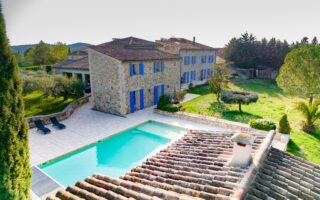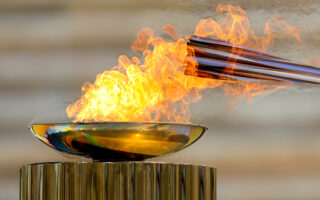Haut-Doubs: French Property Location Guide
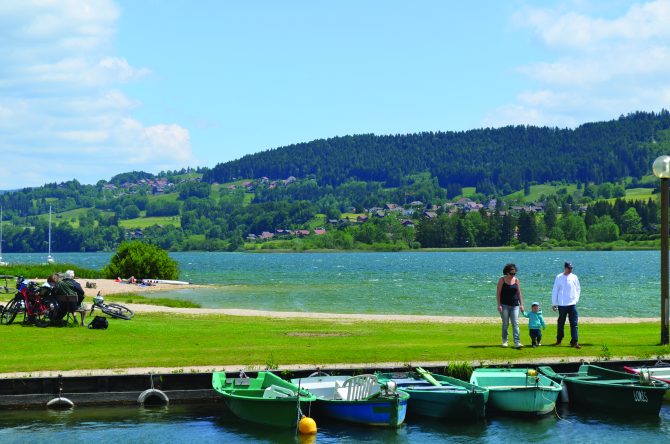
First catch your snails. When the rain fell after a dry spell, my ex-mother-in-law used to collect them at La Planée, in the Doubs department. Doubs is one of the 32 communes of the Communauté des Lacs et Montagnes du Haut-Doubs, in the Bourgogne-Franche-Comté region in eastern France, close to the Swiss border. This is an area of traditional agricultural and forestry activities, hiking paths, mountain biking tracks, cross-country skiing, beaches and nautical bases on the St-Point Lake.
At an altitude of 837m, the Haut-Doubs capital Pontarlier (population 17,600) claims to be the second highest town in France and bills itself as ‘100% ville à la montagne’. A Gallo-Roman town, it sits in a verdant environment surrounded by woodland, and owes its development to its strategic position on the road linking Northern Europe to Italy via Besançon, the Jura Mountains, Lausanne and the Alps.
Having collected our snails, we need to feed them bran for a few days and then starve them for a few more – plenty of time to have a look at property in this marvellous little area of lakes and mountains in the Upper Doubs. We start in the sector between Lac St-Point and the Swiss border. Virgile Itzstein of Virgile Immobilier is based at Métabief (the f is silent, it’s pronounced as if spelled Métabié) which has developed as a small family ski resort over the decades. The population can triple or even quadruple during the winter season.
The characteristic Métabief property is the small detached chalet pagotin, of around 35m2 (some have been extended) with 100-200m2 of land requiring minimum upkeep. It was originally conceived to supply the second-home market in the 1980s, and still does. However, since around 2015, there has been growing pressure on the property market for permanent homes, and folk moving here to work just over the Swiss border, to benefit from higher wages and exchange rate, are now purchasing these pagotins too.
You’ll pay on average €150,000 although some can sell for around €230,000. A renovated one close to the ski slopes is on the market for €189,000 (Century 21). Villagers live mainly in detached houses – there aren’t many apartments here – average price around €450,000. There are plenty of pine and spruce forests so there are also timber constructions.
This is middle mountain country – the nearby Morond rises to 1,419m – so “when you’re on top of the mountain, you see the Swiss Alps, you see the Mont Blanc, c’est magnifique,” says Virgile.
In winter, people ski; in summer, they hike, cycle and mountain bike. Some small apartment blocks have been built for holidaymakers; you can buy a 30-40m2 pied-à-terre for circa €120, 000.
In surrounding countryside old stone Comtois farmhouses offer great development potential. This is Comté country – the AOP (protected origin) cheese is made from the raw milk of the red Montbéliarde and French Simmental cattle you see browsing in Jurassic pastures. Farmsteads had extensive stabling and huge granaries, around 200m2 on two or three evels, for fodder. Living quarters, less important in earlier centuries, were around 100m2, explains Virgile. There was usually a bread oven and a tuyé, a stone smoke house or wood fireplace for salting (salaison), curing and smoking charcuterie; rural practices carried out since time immemorial by Haut-Doubs mountain farmers.
Pigs are raised on the whey produced in cheese-making, smoked over spruce wood and transformed into tasty Morteau and Montbéliard sausages. In recognition of this artisanal process the Salaisons fumées au tuyé du Haut-Doub is on the Unesco list of ‘Knowledge and practices concerning nature and the universe’.
Farms are often renovated to provide owner accommodation and gîtes. “We’re in a zone where there is rental demand and very little supply,” says Virgile, who recently sold an operating ferme-auberge (farmhouse inn) with owner accommodation, inn and gîtes for €520,000.
You can still find old farms for restoration. Expect to pay around €300,000, depending on location. “The nearer you get to the Swiss frontier, the more expensive it becomes. The red zone is the border,” says Virgile.
Farmstead prices are cheaper the other side of the lake (altitude 850m), but before we cross over, let’s look at Malbuisson, a dynamic little lakeside village with hotels and restaurants attracting visitors. You’ll find 1930s houses and more modern constructions although there is now very little land left for sale, says Virgile, and they are usually small plots, around 500m2 . No pagotin chalets here (they are really specific to Métabief) but instead traditional detached houses and some apartment buildings providing second and main homes. Virgile recently sold a detached 1930s house for €480,000, with a lake view, land and around €200,000- €300,000 of work needed. A small 35-40m2 apartment with lake view costs around €120,000-€140,000.
Other popular villages with purchasers include Fourcatier-et-Maison-Neuve (“superb view of the Mont d’Or”), St-Antoine next to Métabief (“lots of detached houses and quiet”) and Montperreux up above the lake. Often when there’s inter-seasonal fog below, perhaps after the rain, you have a view from here “with a sea of fog, c’est joli”. Here, and at nearby Chaon and Chaudron, you benefit from the afternoon and evening sun, adds Virgile.
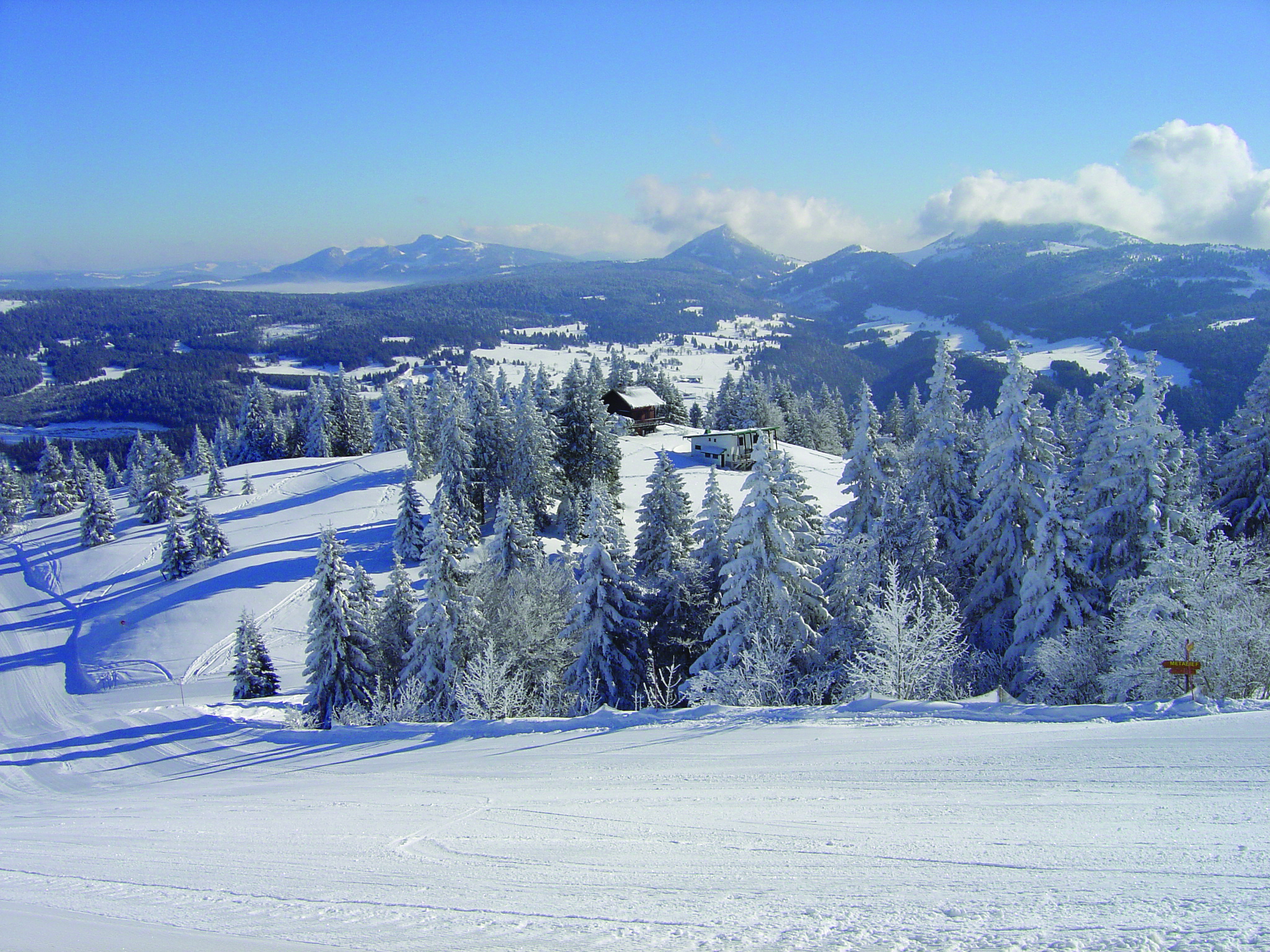
By definition, on the lake’s western side you’ll have the morning sun. Temperatures can be a couple of degrees lower – and generally, so are prices, although they are on the move. Heading south, the Remoray-Boujeons Lake is part of a 430ha richly diverse natural reserve including wetlands up at 850m-980m.
Do visit the two communes here. In lakeside Labergement-Ste-Marie you could buy a semi-detached 1830 three-bedroom farmstead requiring some renovation. It comes with large barn, great potential and a price tag of €299,000 (Immobilier Pontissalien). You have lake views from Remorary-Boujeons, a little higher up. These are small “privileged” areas with not too much housing, says Virgile. You are close to nature, “you can go for a walk, and you’re immediately in the forest”.
Pack your woollies if you move to Mouthe, the coldest town in France, with a record low of -36.7oC, in January 1968. The advantage says Virgile, is that all shops and services are here; you can also drive into neighbouring Jura to Foncine or Champagnole. To the east, the other side of the Mont Risoux, is the Joux valley, home to some of the most famous Swiss watchmakers.
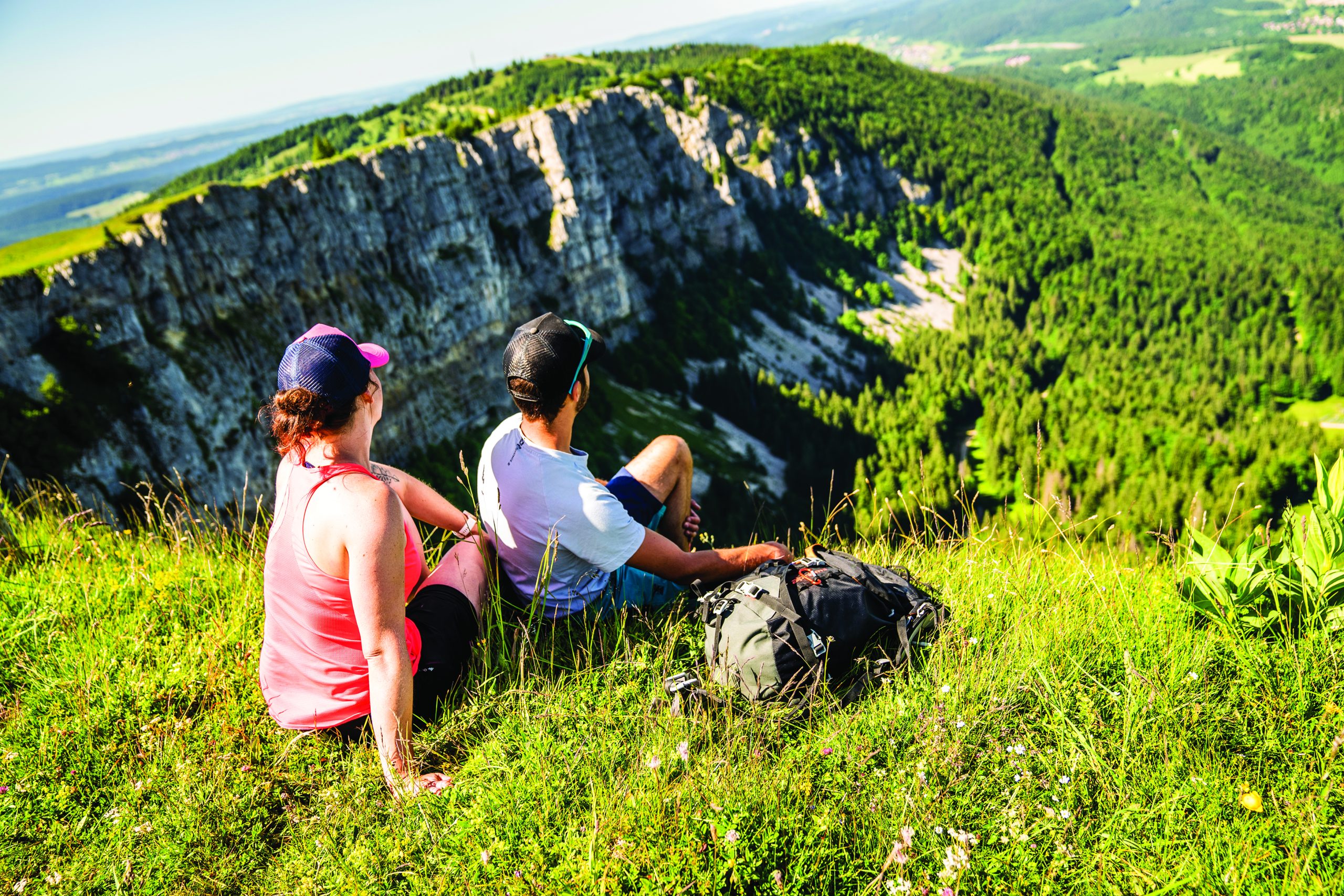
More citadin than campagnard? You may prefer a centre-ville apartment in Pontarlier in an old converted private dwelling. These are Haussmannian in style with plafonds à la française (ceilings with beams the same width as the empty spaces in between) and interior stone Spanish staircases with wooden handrails, leading to the apartments.
There’s a renovated two-bedroom one on the market for €260,000 (AJP Transactions) but you can pay €300,000- €400,000. Lots of stone, spacious, marble fireplaces, oak parquet, high ceilings, vaulted cellars. Very stylish apartments with plenty of character.
Pontarlier is famous for absinthe, known as the Fée Verte. Henri-Louis Pernod, a Swiss distiller, set up the first absinthe distillery here in 1805 (main ingredients aniseed and the absinthe plant). The Green Fairy – painted by Van Gogh, Degas, Manet and Picasso – was banned in 1915, rehabilitated in 2001, and the original law eventually repealed in 2011. Buy a bottle and some sugar cubes, look out for an old flat perforated absinthe spoon when you’re next browsing in a brocante, and you’re all set. If you’re househunting in September, make sure you’re in town on the 10th for the Coulée du Mont d’Or celebrations. This deliciously creamy AOP cow’s milk cheese, sometimes called Vacherin du Haut-Doubs, is sold in round spruce wood boxes. It’s only made between mid-August and mid-March and eaten between the 10th of September and the 10th of May.
For investors, there is a good market for both short and long-term letting, says Virgile. The snow, lakes and mountains attract holidaymakers; work in Switzerland attracts permanent residents. In both cases, demand exceeds supply, he continues, adding that around 15,000 people are expected to move into the border sector over the next few years.
Folk living in the Métabief-Malbuisson sector will work in Yverdon-les-Bains on Lac de Neuchâtel, or Lausanne on Lake Geneva, around 45 minutes on the A1 motorway; those on the Pontarlier-Morteau side will work in Neuchâtel. “Magnificent” alpine views included in the commute Although spring can be short, the Haut-Doubs is a land of four seasons. It’s a tranquil, natural environment. Mountains are on the doorstep, large motorways are not. Too quiet? Just over the border the 40th Cully Jazz Festival near Lausanne is in April; in Neuchâtel, it’s the Buskers Festival in August and for wine lovers the 96th Fête des Vendanges in September. And our snails? Washed, parboiled, extracted, simmered, cooled, rehoused and stuffed. Alternatively, buy a tin of escargots de Bourgogne, a packet of empty shells and make your own garlic and parsley butter filling for authenticity. Or just head to the local traiteur. But not nearly as much fun as catching your own!
The unique mix of legal, financial and tax advice along with in-depth location guides, inspiring real life stories, the best properties on the market, entertaining regular pages and the latest property news and market reports makes French Property News magazine a must-buy publication for anyone serious about buying and owning a property in France.
Share to: Facebook Twitter LinkedIn Email
More in Location guide
Leave a reply
Your email address will not be published. Required fields are marked *


